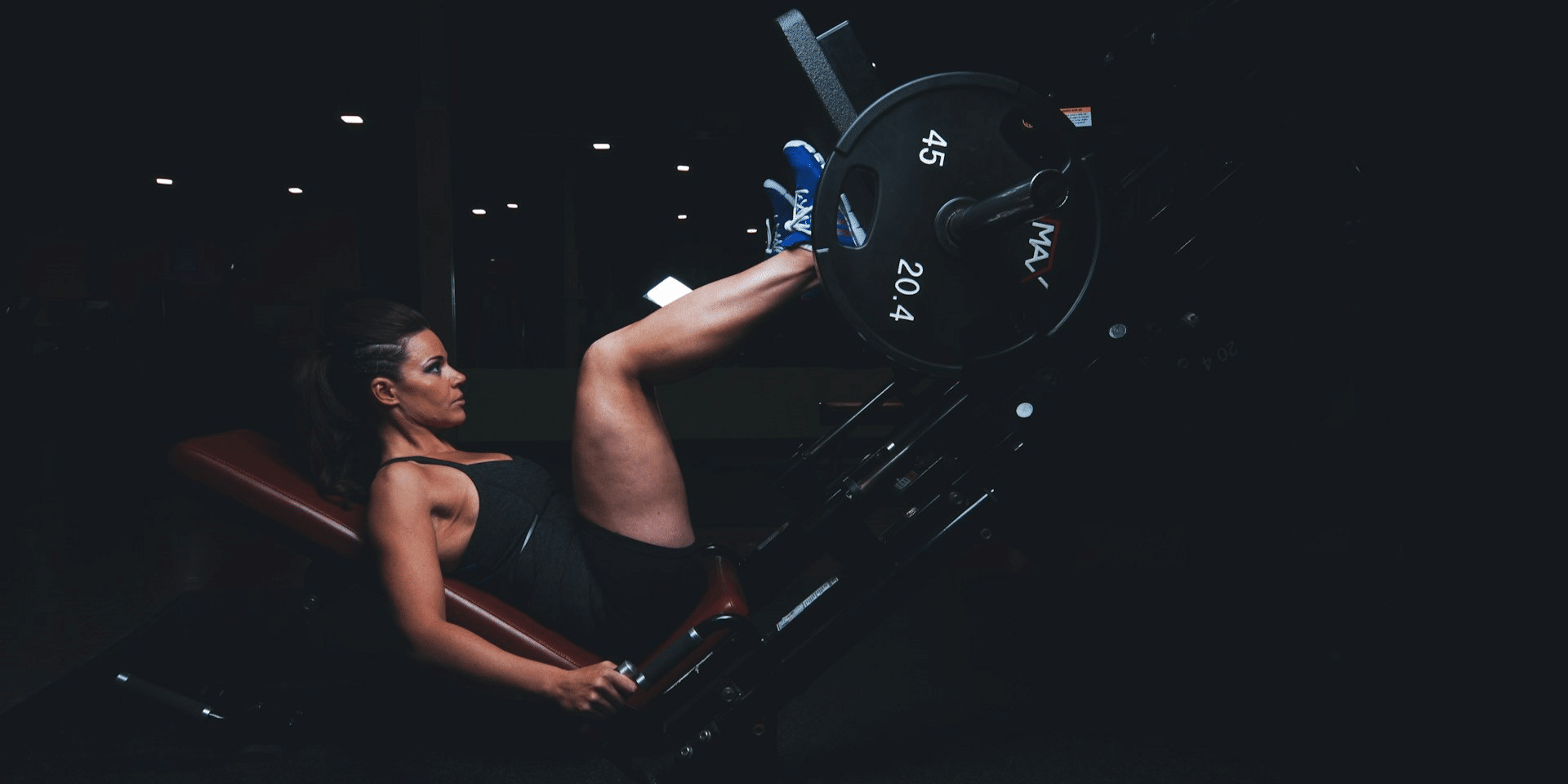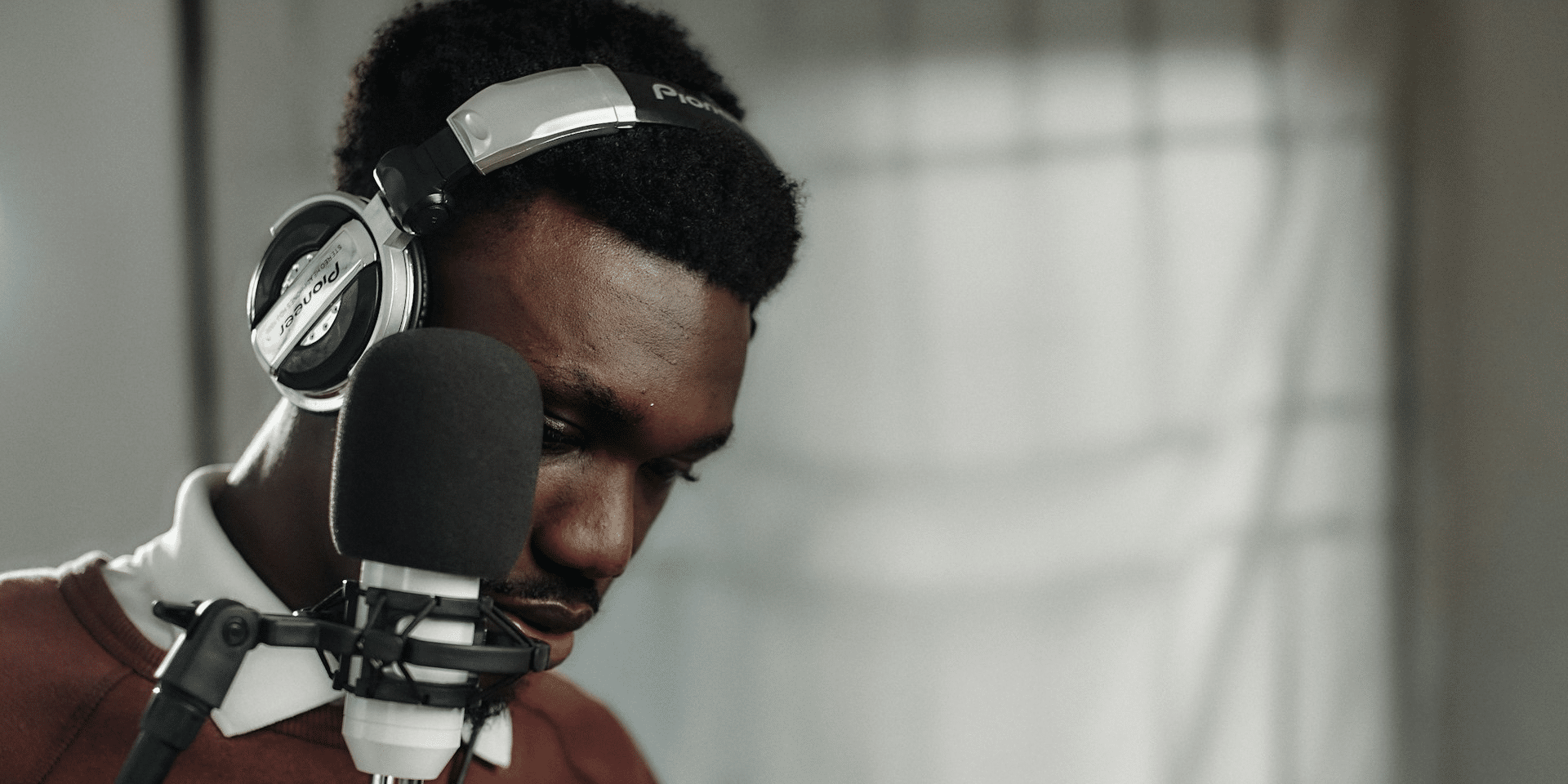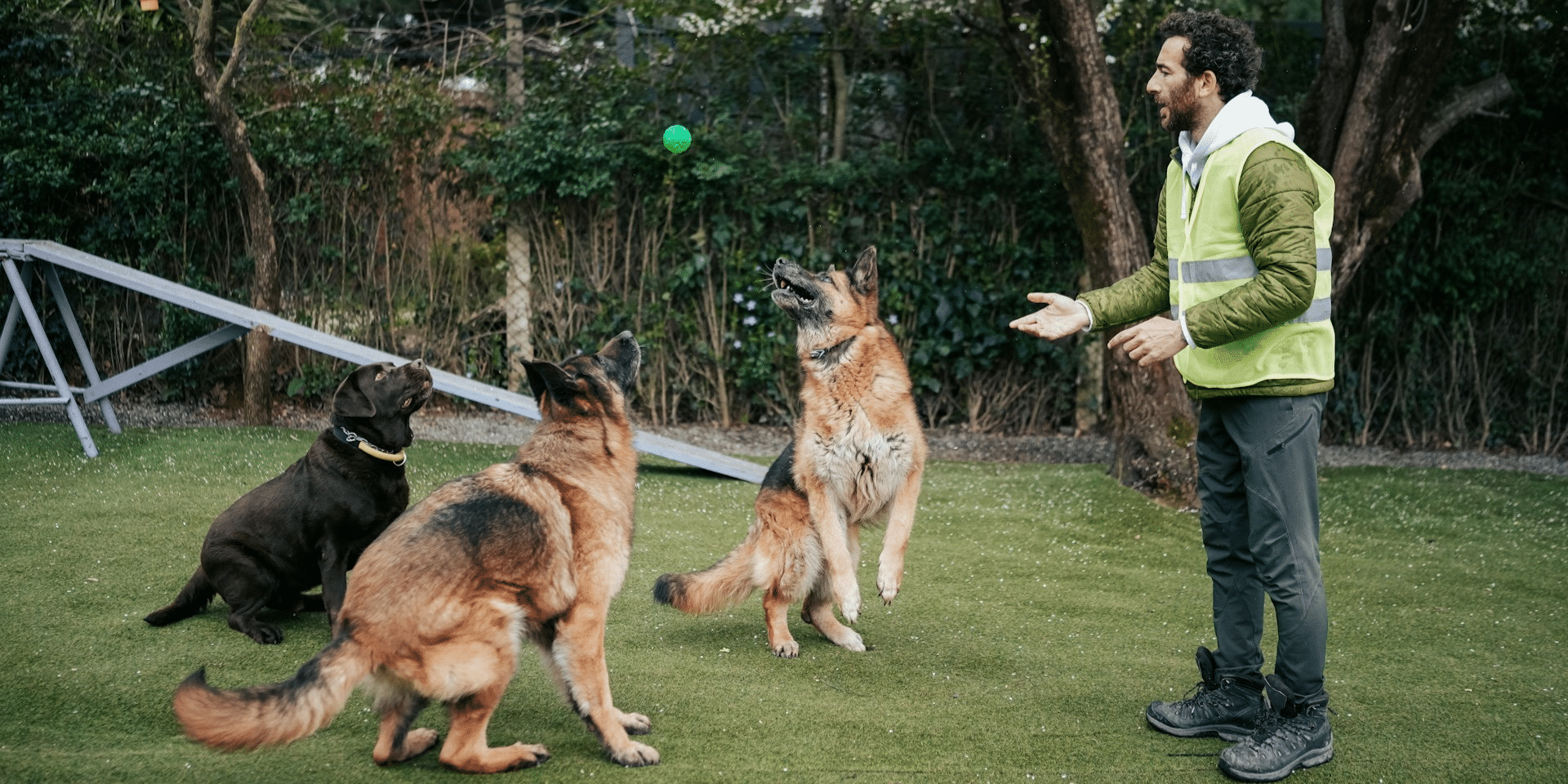By: Hit N Move
In the world of boxing, sparring is not just a training exercise; it’s a crucial component of a boxer’s development. However, it carries inherent risks that necessitate a serious approach to ensure the safety and well-being of fighters. From head injuries to psychological stress, the dangers of sparring are numerous and cannot be ignored. Coaches, therefore, have a significant responsibility to manage these risks effectively.
The Dangers of Sparring
Head Injuries
One of the most severe risks associated with sparring is head injury. Repeated blows to the head can lead to concussions and long-term brain damage, such as chronic traumatic encephalopathy (CTE). Symptoms may include headaches, dizziness, confusion, and memory loss. These risks underline the importance of wearing appropriate headgear and adhering to strict safety protocols.
Facial Injuries
Cuts, bruises, and fractures to the nose, jaw, and cheekbones are common in sparring. While proper protective gear can reduce these risks, they cannot be entirely eliminated. Coaches need to ensure that boxers use high-quality, well-fitted protective gear to minimize these injuries.
Eye Injuries
Direct hits to the eyes can cause severe damage, including retinal detachment and loss of vision. The use of eye protection and the teaching of defensive techniques are crucial to minimizing these risks. Coaches must emphasize the importance of keeping one’s guard up and using proper head movement to avoid these dangerous blows.
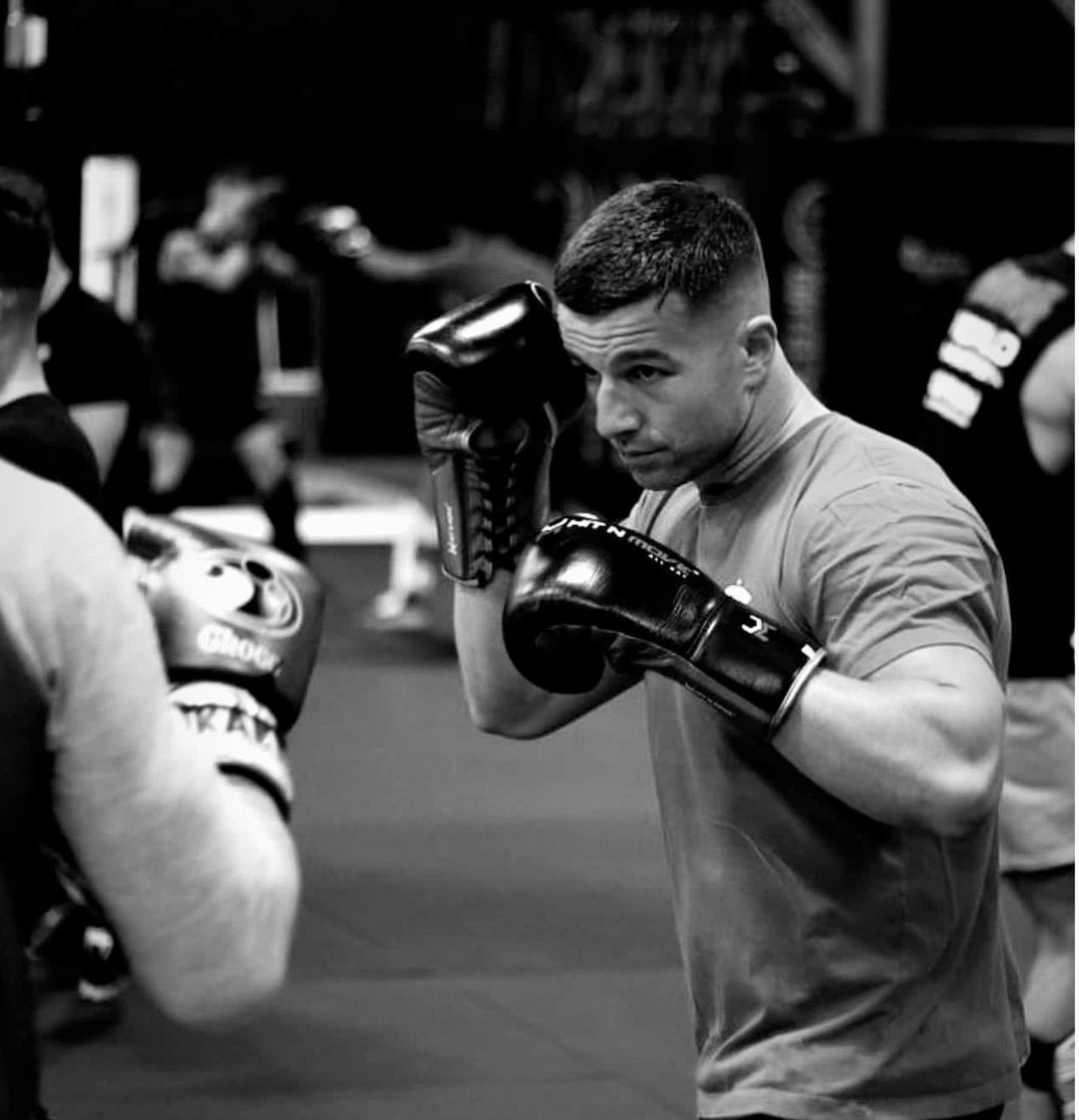
Photo Courtesy: Hit N Move
Dental Injuries
Without proper mouthguards, sparring can result in chipped or knocked-out teeth. Even with protection, the risk of dental injury remains. Coaches should ensure that all boxers wear mouthguards during sparring sessions and educate them on the importance of this simple yet effective piece of equipment.
Neck and Body Injuries
Sudden, forceful blows can cause whiplash or other neck injuries, leading to pain and limited mobility. Similarly, blows to the ribs, kidneys, and liver can cause significant pain and injury, including broken ribs and internal bleeding. Strengthening neck muscles, using proper techniques, and maintaining good defensive skills are essential strategies that coaches should instill in their boxers.
Psychological Stress
The intensity of sparring can lead to increased anxiety and stress, particularly for less experienced boxers. Coaches need to be aware of the mental and emotional challenges their fighters face and provide the necessary support to help them manage these stresses effectively.
Practices for Coaches
Given these risks, coaches must adopt a comprehensive approach to ensure sparring is conducted safely and effectively. Here are some key practices:
Proper Supervision and Skill Assessment
Coaches should always supervise sparring sessions to ensure that participants adhere to safety protocols and use correct techniques. Assessing boxers’ skill levels before allowing them to spar is crucial. Matching fighters of similar skill levels can prevent mismatches that could lead to serious injuries.
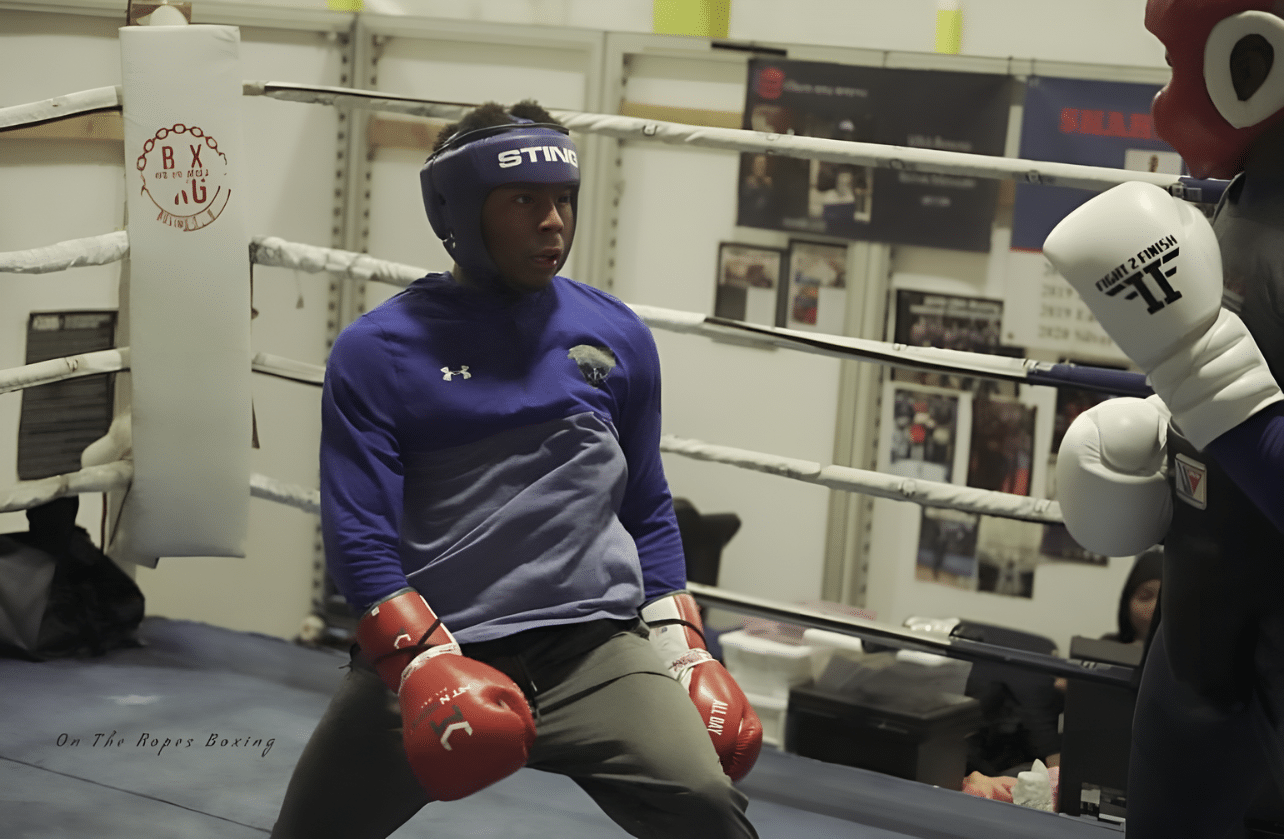
Photo Courtesy: Hit N Move / On The Ropes Boxing
Controlled Environment and Clear Rules
Sparring should be conducted in a controlled environment focused on learning and technique rather than winning. Establishing clear rules and boundaries helps maintain order and safety. Boxers should understand that sparring is for practice, not for proving dominance.
Gradual Progression and Immediate Response to Injuries
Coaches should gradually increase the intensity and duration of sparring sessions as boxers develop their skills and conditioning. Any signs of injury, particularly head injuries, should be taken very seriously. Sparring should be stopped immediately, and appropriate medical attention should be sought.
Psychological Support and Education on Safety
Understanding the mental and emotional aspects of sparring is important. Coaches should provide support and encouragement, especially to those who may be anxious or fearful. Educating fighters on the importance of safety measures and how to protect themselves during sparring is essential for long-term success and safety.
Regular Review and Use of Protective Gear
Regularly reviewing and adjusting sparring practices based on feedback and observations ensures ongoing improvement in safety and effectiveness. Ensuring that all boxers wear appropriate protective gear, including headgear, mouthguards, gloves, and groin protectors, is essential to minimize injury risks.

Photo Courtesy: Hit N Move
Hit N Move and the Akcakaya Influence
One company at the forefront of improving boxing safety is Hit N Move, founded by Ozhan Akcakaya. Under his leadership, Hit N Move has introduced innovative products such as the Precision Headgear, developed in collaboration with Virginia Tech. This headgear is designed with micro padding technology to provide superior protection and performance while maintaining compactness and better visibility.
Ozhan’s wife, Alaina Akcakaya, serves as the VP of Public Relations, playing a crucial role in communicating the brand’s mission and ensuring that the boxing community is aware of these advancements.
Conclusion
Sparring is an indispensable part of boxing training, but its risks necessitate a serious and structured approach by coaches. By implementing stringent safety measures, providing proper supervision, and educating fighters, coaches can help minimize the dangers associated with sparring. The advancements brought by companies like Hit N Move demonstrate that innovation and safety can go hand-in-hand, ultimately contributing to a safer and more effective training environment for all boxers.
Published by: Khy Talara



